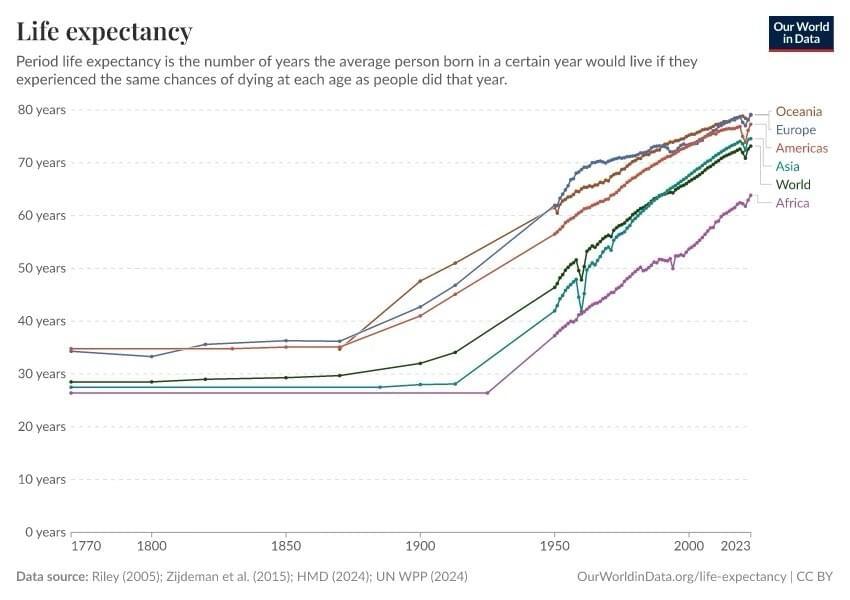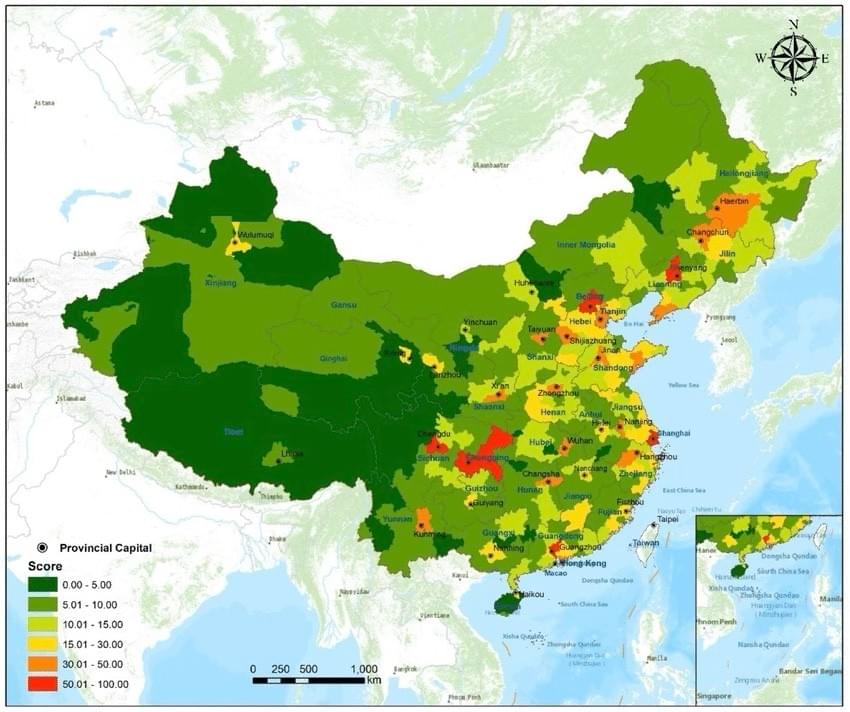
According to the Yongzhou City government website, Yongzhou plans to raise its average life expectancy to 80 years by 2027. This goal is not only a quantitative benchmark for the level of regional public health services but also reflects the public's demand for "healthy longevity" during China's demographic transition.
Achieving this goal is by no means a simple numerical increase. Instead, it depends on multiple foundations, including the continuous expansion of medical resources, the precise improvement of service quality, and the comprehensive enhancement of the health security system. From upgrading equipment in primary medical institutions and expanding the general practitioner workforce, to strengthening chronic disease prevention networks and improving public health emergency response capabilities, every link requires systematic investment and support.
The achievement of this goal hinges on sustained investment in medical resources. However, these resources are unevenly distributed across China: 60% of top-tier hospitals are concentrated in the eastern regions, and the number of practicing physicians per 1,000 people in the east is 1.3 times that in the west. For midwestern cities like Yongzhou, this nationwide imbalance directly constrains the improvement of local medical capabilities. The shortage of high-quality specialists, for instance, forces patients with complex illnesses to travel long distances to provincial capitals or eastern cities for treatment.
A more pressing challenge is the surge in medical demand driven by an aging society. By 2025, China's population aged 60 and above will exceed 350 million, and there will be over 300 million people living with chronic diseases. The health needs of the elderly are particularly complex: they require not only acute medical services but also long-term rehabilitative care, chronic disease management, and health monitoring. This places unprecedented demands on the medical system's capacity for "continuous service."

Compounding these issues is a national shortage of 300,000 general practitioners. Ultimately, the effort to increase life expectancy unveils a systemic risk: an imbalance between the supply and demand of medical resources in a society that is "getting old before getting rich."
Reference
http://www.yzcity.gov.cn/cnyz/szfbwf240102sgrebg/202409/f50fd53c992f47adb9306b2ca41ffec5.shtml

